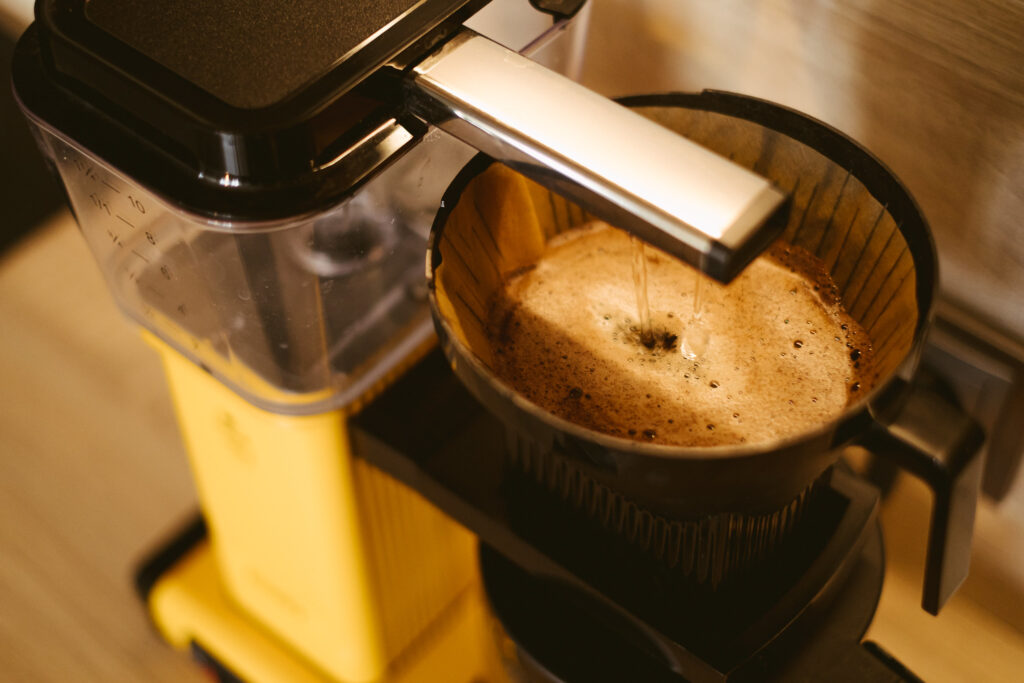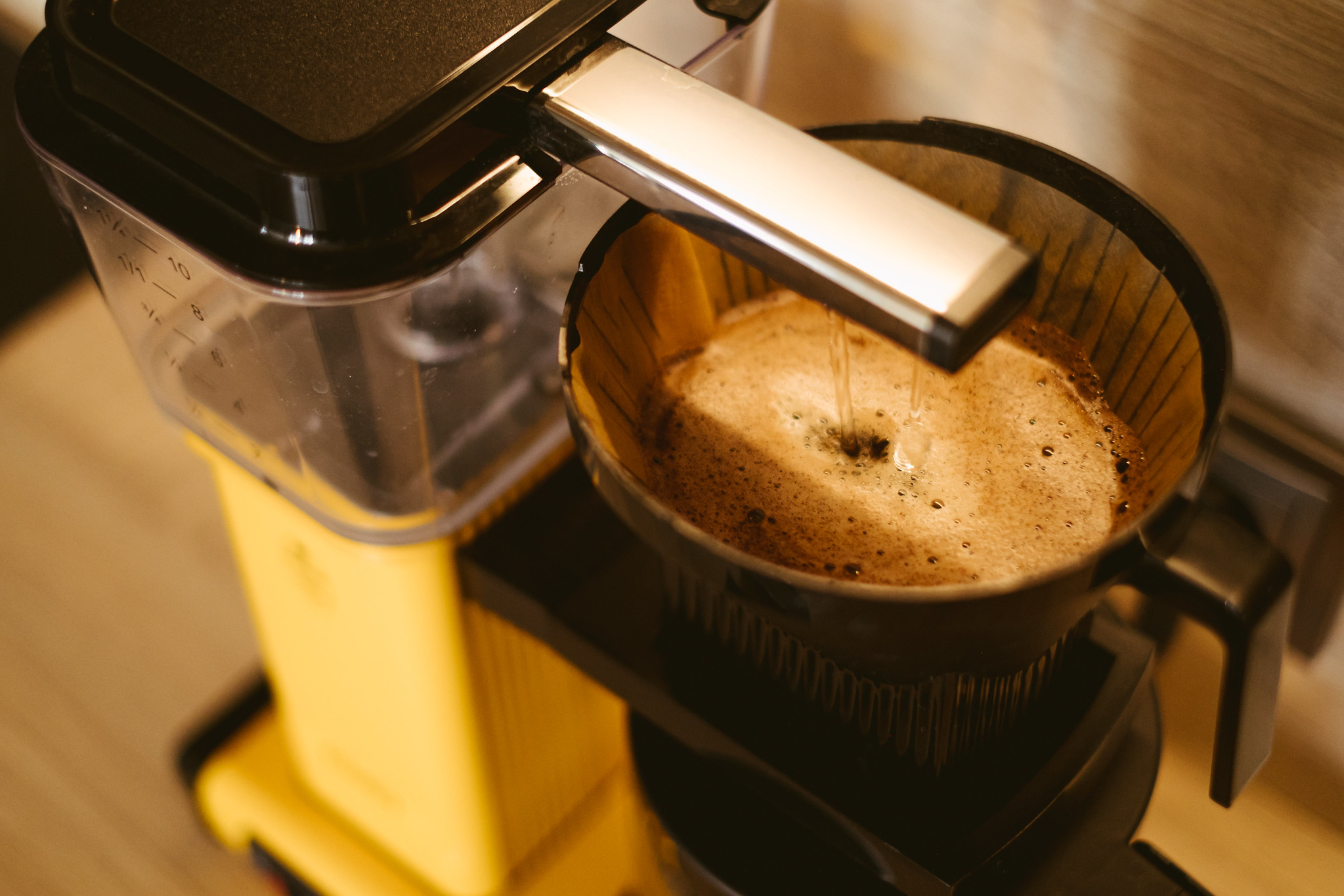
Unveiling the Alchemy: A Deep Dive into How the Coffee Machine Works
The aroma of freshly brewed coffee. It’s a daily ritual for millions, a comforting start to the day, or a much-needed pick-me-up during a long afternoon. But have you ever stopped to consider the intricate process behind that perfect cup? This article delves deep into the mechanics, exploring how the coffee machine works, from the simplest drip models to the sophisticated espresso machines that grace the counters of your favorite cafes. We’ll break down the science, the technology, and the magic that transforms humble coffee beans into liquid gold.
The Essence of Extraction: The Foundation of Coffee Brewing
At its core, brewing coffee is an extraction process. Hot water is passed through ground coffee beans, dissolving the soluble compounds and oils that give coffee its characteristic flavor, aroma, and caffeine content. The specific method of extraction, and the elements involved, dictates the final taste profile of the coffee. Different coffee machines use different extraction techniques to achieve this. Understanding these methods is key to appreciating how the coffee machine works.
Drip Coffee Machines: The Everyday Workhorse
The drip coffee machine is arguably the most common type of coffee maker found in homes and offices. Its simplicity and ease of use have made it a staple. Let’s explore the key components and how the coffee machine works in this context:
- Water Reservoir: This holds the cold water that will be heated for brewing.
- Heating Element: Typically a metal coil or plate that heats the water to the optimal brewing temperature (around 195-205°F or 90-96°C).
- Brew Basket: Holds the coffee filter and ground coffee.
- Showerhead: Distributes the hot water evenly over the coffee grounds.
- Carafe: The vessel that collects the brewed coffee.
- Warming Plate: Keeps the brewed coffee warm after brewing.
The brewing process is straightforward. Cold water from the reservoir is drawn into the heating element, where it’s heated. The hot water then travels through a tube and is distributed over the coffee grounds in the brew basket via the showerhead. The extracted coffee drips through the filter into the carafe. The warming plate keeps the coffee warm until it’s ready to be enjoyed. This is a simplified explanation of how the coffee machine works, but gives you the essential process.
The Espresso Machine: Precision and Pressure
Espresso machines represent a more sophisticated approach to coffee brewing. They utilize pressure to force hot water through finely ground coffee, resulting in a concentrated, flavorful shot of espresso. Understanding how the coffee machine works in this context reveals a more complex, but ultimately more rewarding, process.
- Water Tank: Similar to the drip coffee machine, but often larger.
- Pump: Creates the high pressure required for espresso extraction (typically 9-15 bars).
- Heating System: Heats the water to a precise temperature, often with a boiler or a thermoblock system.
- Portafilter: Holds the finely ground coffee and is attached to the group head.
- Group Head: Where the portafilter attaches and where the pressurized hot water is forced through the coffee grounds.
The process begins with the user tamping the finely ground coffee into the portafilter. The portafilter is then locked into the group head. The pump pressurizes the water, forcing it through the coffee grounds under high pressure. This rapid extraction extracts the flavors and oils, creating the concentrated espresso shot. The crema, the rich, golden-brown foam on top, is a hallmark of a well-extracted espresso. This is a more detailed understanding of how the coffee machine works.
Beyond the Basics: Exploring Advanced Features
Modern coffee machines are packed with features designed to enhance the brewing experience. These advanced features often build upon the core principles of how the coffee machine works. Some common features include:
- Programmability: Allows users to set the brewing time, so coffee is ready at a specific time.
- Grinders: Integrated grinders grind the coffee beans just before brewing, maximizing freshness.
- Milk Frothers: Steam wands or automatic frothers create the milk for lattes and cappuccinos.
- Temperature Control: Precise temperature control ensures optimal extraction.
- Automatic Cleaning Cycles: Simplify maintenance and ensure longevity.
These features, while adding complexity, ultimately aim to simplify the user experience and deliver a consistently high-quality cup of coffee. They are built upon the fundamental principles of how the coffee machine works.
The Science of Coffee Extraction: A Deeper Dive
The flavor of coffee is a result of the extraction process. Several factors influence extraction:
- Water Temperature: Too cold, and the coffee will be under-extracted, resulting in a sour taste. Too hot, and it will be over-extracted, resulting in a bitter taste.
- Grind Size: The fineness of the grind affects the extraction rate. Finer grinds extract more quickly, while coarser grinds extract more slowly.
- Contact Time: The longer the water is in contact with the coffee grounds, the more flavor is extracted.
- Water Quality: The purity of the water is essential for optimal flavor.
Understanding these variables is crucial for anyone who wants to master coffee brewing. It allows for adjustments to be made to achieve the perfect cup. The science behind how the coffee machine works allows for a more refined coffee experience.
Maintenance and Care: Keeping Your Coffee Machine in Top Shape
Proper maintenance is essential for extending the life of your coffee machine and ensuring the best possible coffee. Regular cleaning and descaling are crucial. Descaling removes mineral buildup from the heating element, preventing it from malfunctioning and ensuring the optimal water temperature. Cleaning the brew basket, carafe, and other components regularly prevents the buildup of coffee oils and grounds, which can affect the taste of the coffee. This is another important aspect of how the coffee machine works.
The Future of Coffee Machines: Innovation and Trends
The coffee machine industry is constantly evolving, with new technologies and innovations emerging regularly. These trends are shaping the future of coffee brewing:
- Smart Coffee Machines: Machines that connect to smartphones, allowing users to control brewing remotely and personalize their settings.
- Single-Serve Coffee Machines: Pod and capsule-based systems that offer convenience and variety.
- Sustainability: The increasing focus on sustainable practices, including eco-friendly materials and energy-efficient designs.
These innovations demonstrate the ongoing pursuit of a better coffee experience and highlight the dynamic nature of the industry. The continuous evolution of how the coffee machine works demonstrates this dynamic.
Troubleshooting Common Coffee Machine Problems
Even the most reliable coffee machines can experience problems. Here are some common issues and their solutions:
- Coffee tastes bitter: Over-extraction. Try using a coarser grind or brewing at a lower temperature.
- Coffee tastes sour: Under-extraction. Try using a finer grind or brewing at a higher temperature.
- Coffee machine isn’t brewing: Check the water reservoir, ensure the machine is plugged in, and check for clogs.
- Coffee machine is leaking: Check for cracks or loose connections.
Understanding these common issues and how to troubleshoot them can save time and frustration. Knowing how the coffee machine works can assist in the troubleshooting process.
Conclusion: Appreciating the Art and Science
From the simple drip coffee maker to the sophisticated espresso machine, the technology behind coffee brewing is a fascinating blend of art and science. Understanding how the coffee machine works, from the basics of extraction to the advanced features and maintenance requirements, enhances the appreciation for the perfect cup. The next time you enjoy a cup of coffee, take a moment to consider the intricate process that made it possible. The journey of coffee from bean to cup is a testament to innovation and the pursuit of flavor.
This exploration of how the coffee machine works has hopefully deepened your understanding and appreciation of this essential kitchen appliance.
[See also: Coffee Bean Origins and Their Impact on Flavor]
[See also: The Ultimate Guide to Espresso Drinks]
[See also: Coffee Brewing Methods Compared: Drip vs. French Press vs. Pour Over]
[See also: How to Clean Your Coffee Maker for Optimal Performance]


